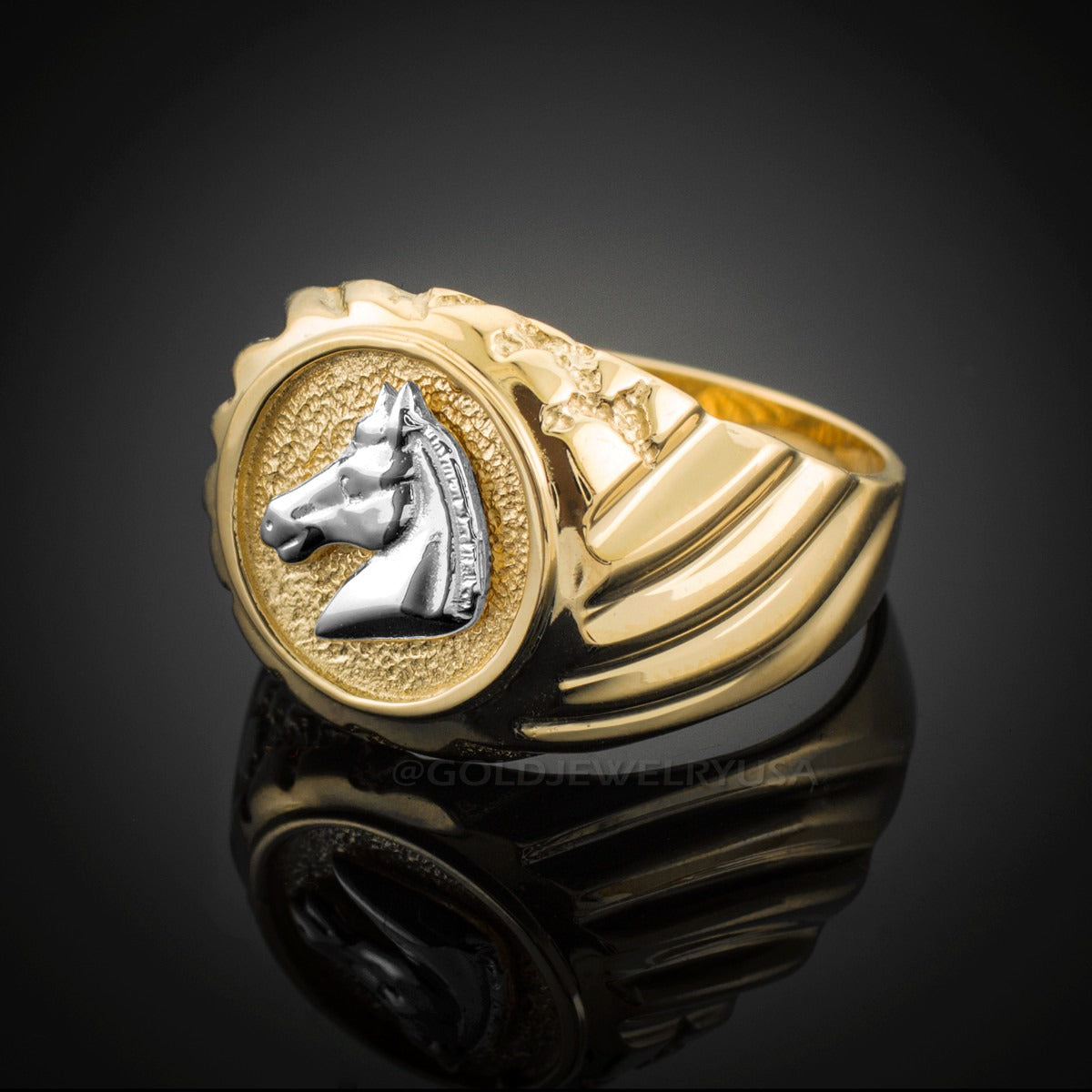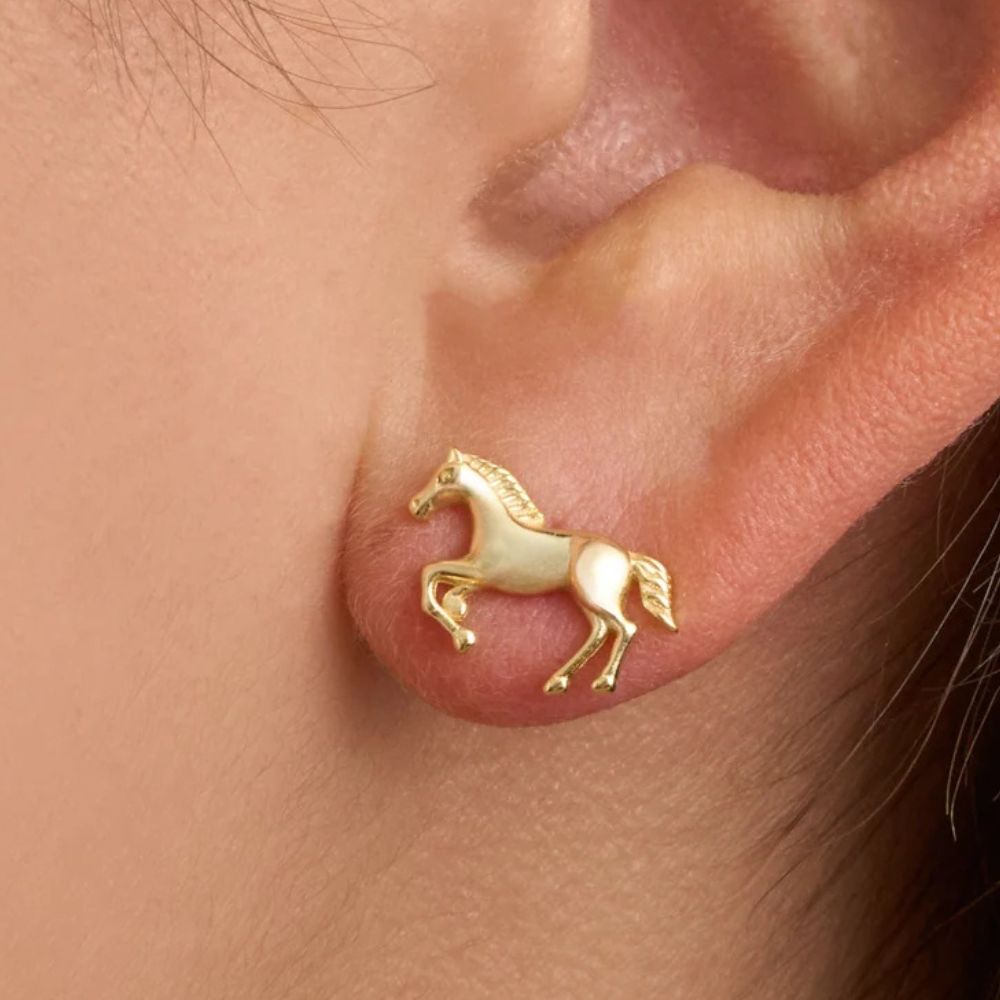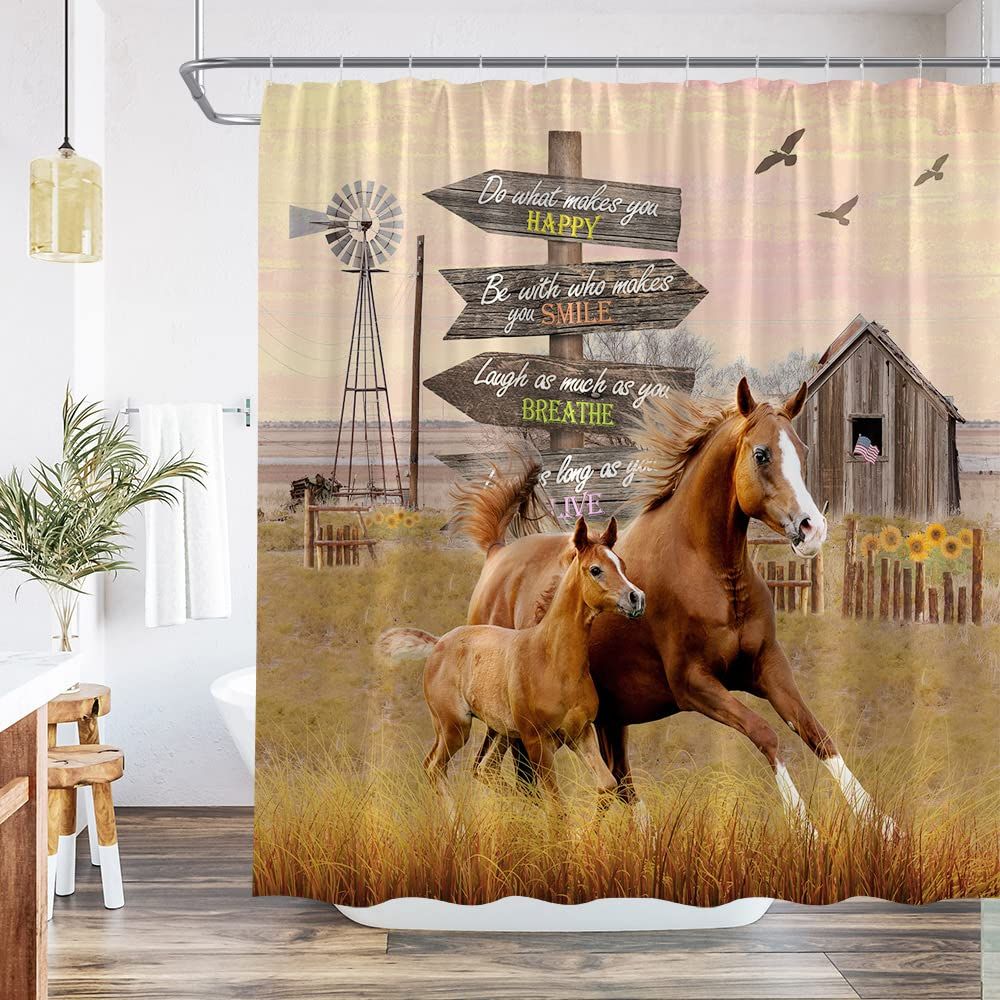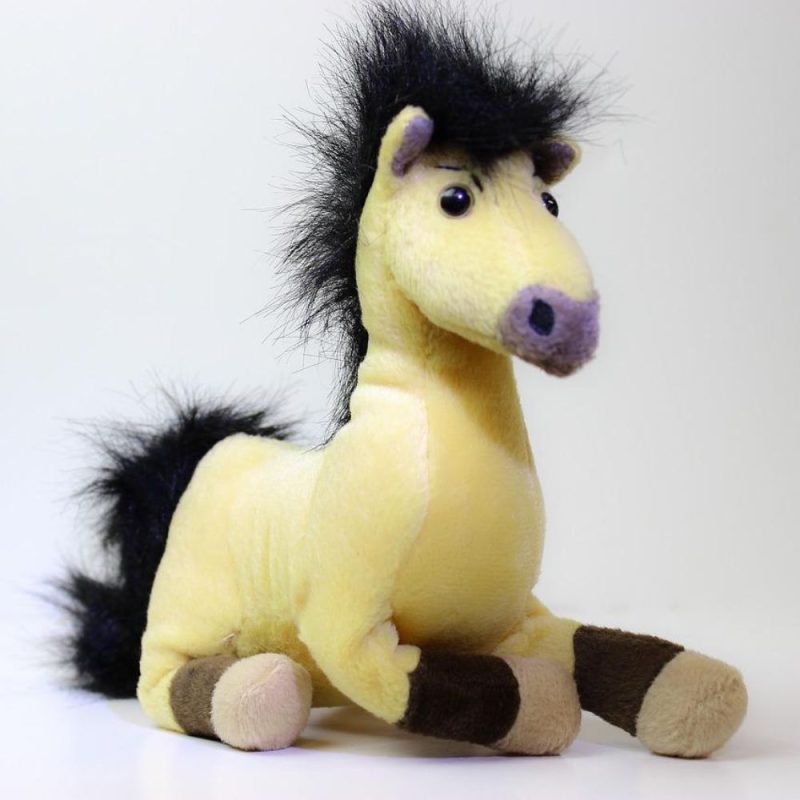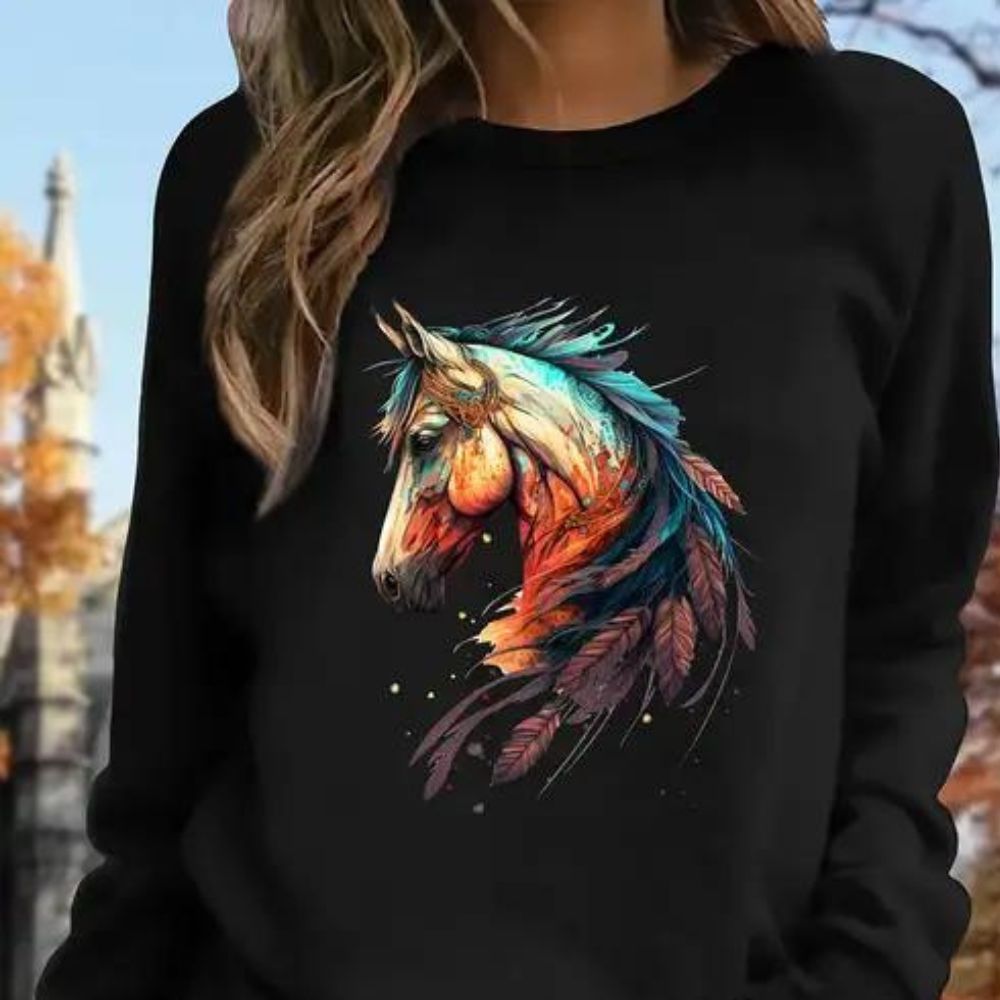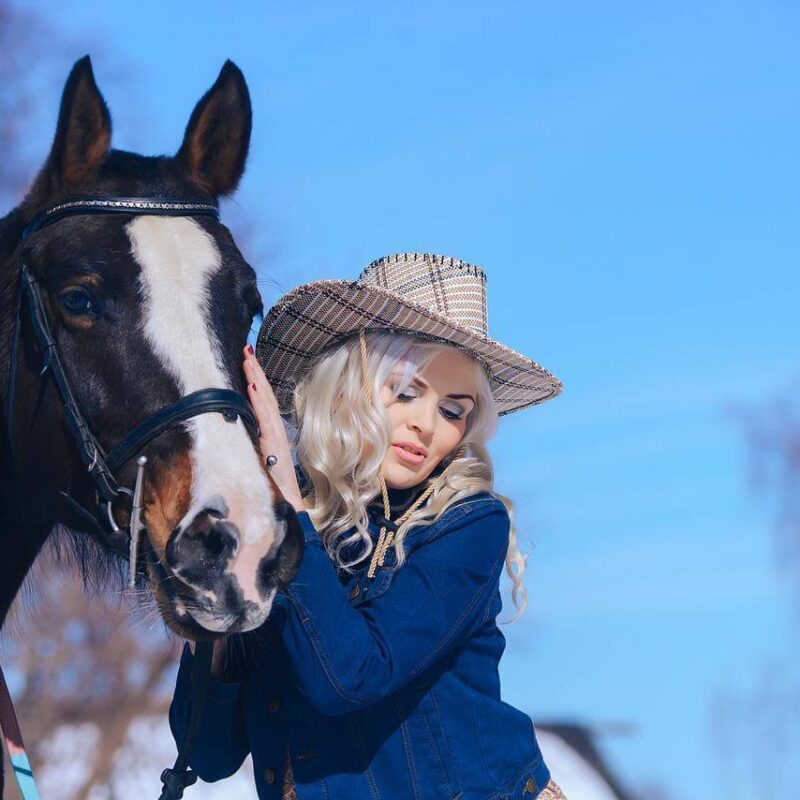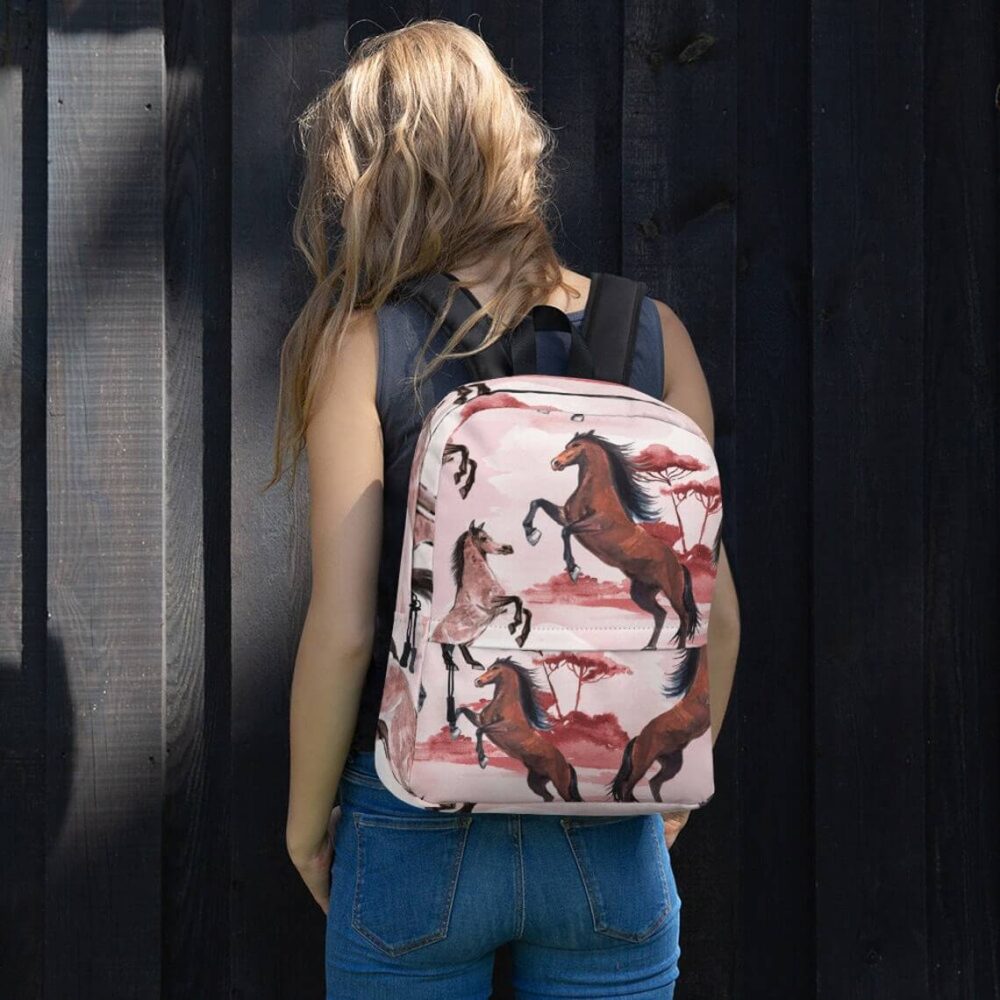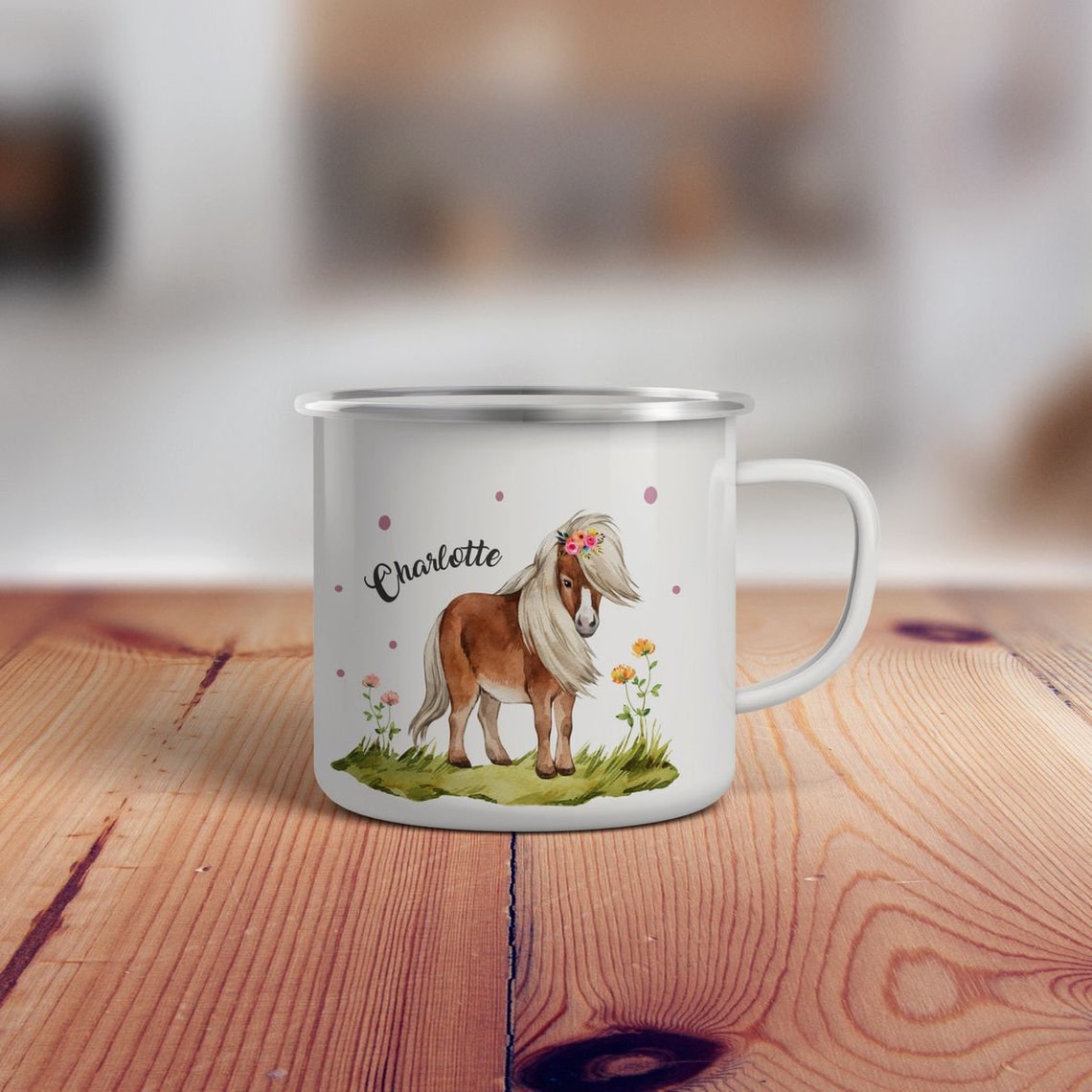
Do Horses Eat Corn? Surprising Facts You Need to Know
The soft crunch of kernels underfoot as you walk through a sunlit barn—corn is everywhere in farm life. But while chickens and pigs eagerly gobble it up, does the same apply to our equine friends? Can horses eat corn? The answer isn’t as straightforward as you might think.
Yes, horses can eat corn—but with major caveats. Unlike cows or goats, horses digest food differently, and corn can pose risks if fed improperly. It’s energy-dense and high in starch, which can lead to colic or laminitis if overfed. Yet, when offered in moderation (and the right form), it can be part of a balanced diet.
But let’s be honest: not all corn is created equal. Whole-kernel corn can be tough to chew and digest, while cracked or rolled corn is safer. And forget the cob—those tough, fibrous remains are a choking hazard. 🚫 So before you toss a handful into your horse’s feed bucket, there’s a lot more to consider.
The Nutritional Pros and Cons of Corn for Horses
Corn is packed with energy, making it popular in performance horse feeds. But is it actually good for them?
Benefits of Corn in a Horse’s Diet
- High calorie content: Ideal for working horses needing extra fuel.
- Affordable: Often cheaper than oats or commercial grains.
- Palatable: Many horses love the sweet taste.
The Risks of Feeding Corn to Horses
- Too much starch: Can cause digestive upset, colic, or laminitis.
- Hard to digest: Whole kernels may pass through undigested.
- Mold danger: Corn is prone to fungal toxins (like aflatoxin), which are deadly.
Key takeaway? If you feed corn, do so sparingly—preferably cooked, rolled, or cracked—and never as a primary diet component.
How to Safely Feed Corn to Your Horse
Not all horses tolerate corn well. Here’s how to introduce it safely.
1. Always Process the Corn First
Whole corn kernels are tough on a horse’s digestive system. Rolled, cracked, or steamed corn is easier to digest.
2. Small Portions Are Key
Limit corn to no more than 2 lbs per day (depending on the horse’s size and workload). More than that increases the risk of metabolic issues.
3. Never Feed Moldy or Dusty Corn
Moldy corn can contain aflatoxins, which cause liver damage. If it smells musty or looks discolored, toss it.
4. Mix It with Other Feeds
Corn should never be the main event. Combine it with hay, oats, or a balanced commercial feed to avoid nutrient imbalances.
5. Monitor Your Horse’s Reaction
Watch for signs of colic, laminitis, or behavioral changes (like hyperactivity). If symptoms appear, cut corn out immediately.
Corn Alternatives for Horses
If corn seems too risky, these alternatives offer safer energy boosts:
- Oats: Easily digestible and lower in starch.
- Beet pulp: Great for slow-release energy and fiber.
- Barley: Less likely to cause digestive issues than corn.
For horses with metabolic conditions (like PPID or insulin resistance), low-starch feeds are a must.
The Surprising History of Horses and Corn
Did you know corn wasn’t always a common horse feed? 🐴
Before modern farming, horses mostly ate grasses, hay, and oats. Corn became popular because it grew abundantly and was cheap—but it wasn’t always the best choice. Early farmers learned the hard way that too much corn could make horses sick or even violent (hence the term «corn-fed» describing unruly behavior).
Today, we know balance is key. While corn has its place, it shouldn’t replace forage as a horse’s primary diet.
Feeding horses isn’t just about filling their troughs—it’s about understanding their unique needs. Corn can be part of their diet, but wisdom lies in restraint. The next time you hear that familiar rustle of corn in a feed bag, remember: a little goes a long way for these magnificent animals. Whether you choose corn or a gentler alternative, always prioritize their health over convenience. After all, the bond between a horse and their caretaker is built on trust—and nothing says «I care» like a well-balanced meal. 💛









